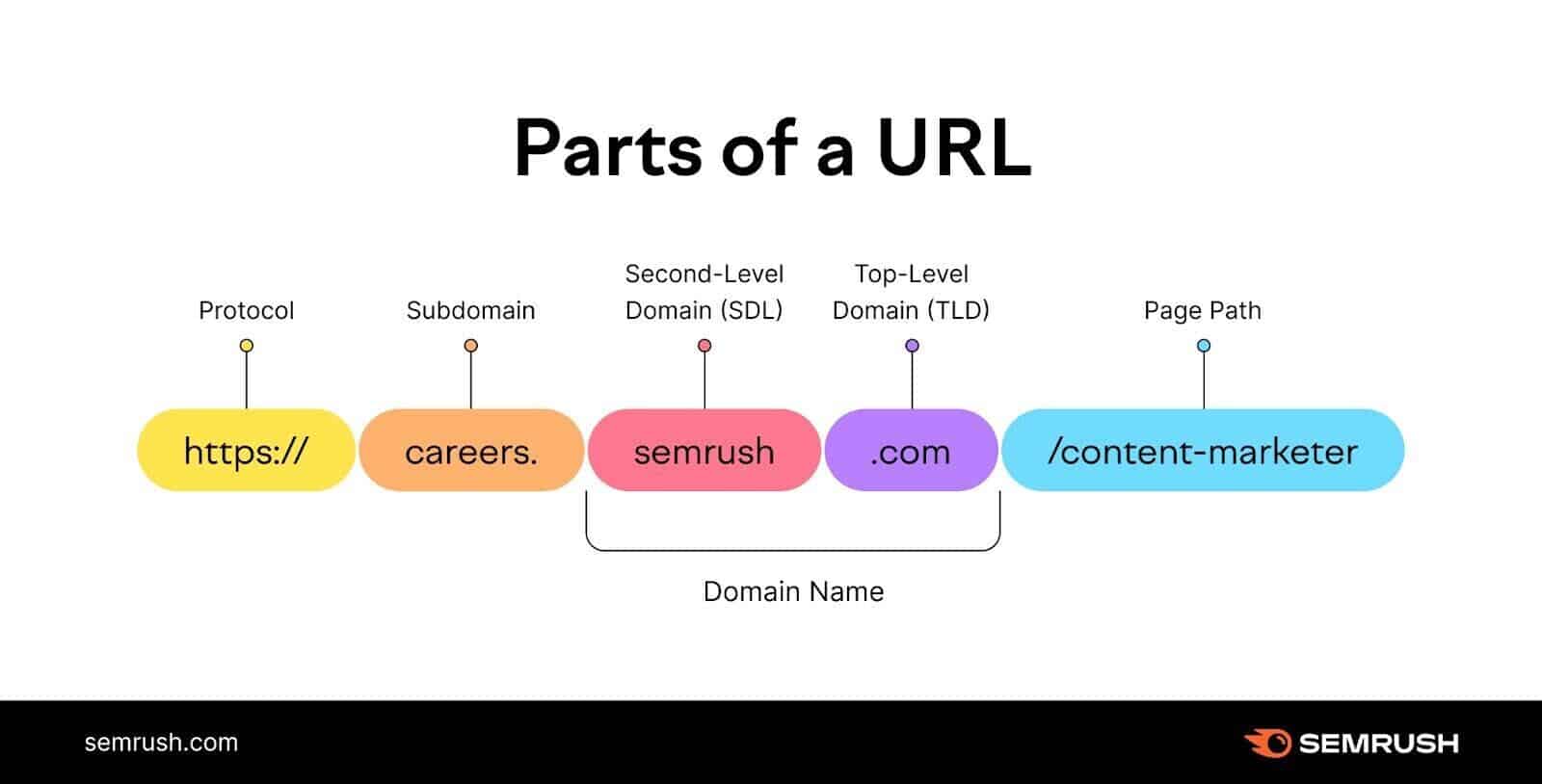TLD, or top-level domain, is an internet domain name located at the highest level in the domain name system. It is the last component of a domain name and is immediately preceded by a period (e.g. .com) The set of top-level domain names is maintained by the Internet Assigned Numbers Authority (IANA).
There are two types of TLDs: generic top-level domain (gTLD) which are associated with particular commercial or technical uses, and country code top-level domain (ccTLD) which have two-letter codes assigned to particular countries or territories. Generic TLDs (gTLDs) include .com, .net, .org, and .edu, while country code TLDs (ccTLDs) include .uk (United Kingdom) and .mx (Mexico).
The purpose of these domain names is to help make the Internet more readable and easier to use. A domain name makes it easier to find websites and other online resources. For example, the domain “example.com” is much easier to remember, rather than having to remember an IP address such as 192.168.1.1. Every domain name has to be uniquely registered and assigned to a single IP address.
TLDs play a key role in web security as part of the Domain Name System (DNS). Without it, it would be very difficult to identify legitimate sites from malicious ones. For example, www.example.com and www.example.org will both have different TLDs, and DNS can be used to decide which domain should be directed to the correct IP address.
In addition, TLDs are often used to help with website categorization. For example, websites with the .gov TLD are typically associated with government websites. Similarly, websites with the .org TLD are usually nonprofit organizations, and .edu domains are for educational institutions.
Overall, TLDs are a vital part of the modern-day Internet. Without them, it would be difficult to find legitimate sites and resources online and impossible to categorize them.






